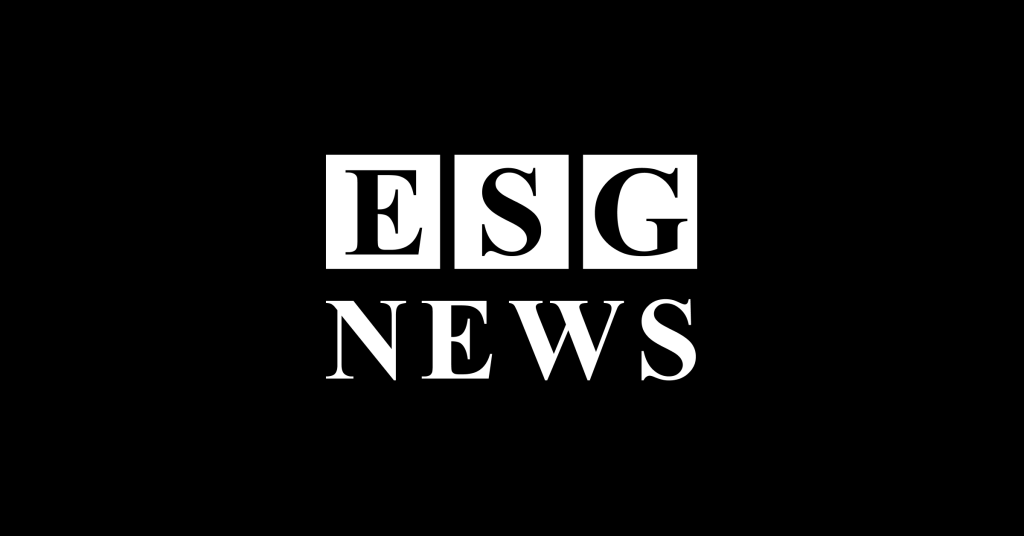Long-Term Clarity: CISAF replaces the Temporary Crisis and Transition Framework and will remain in effect until 2030, giving Member States and businesses strategic certainty.
Broader, Faster Support: The framework simplifies aid approvals for clean energy, decarbonisation, and clean tech manufacturing—including fast-tracked schemes and investment de-risking.
Competitive Edge: Energy-intensive industries can receive electricity cost relief, with required reinvestment in decarbonisation to stay globally competitive.
The European Commission has adopted the Clean Industrial Deal Framework (CISAF), a robust and long-term state aid structure aimed at accelerating clean energy deployment, industrial decarbonisation, and clean technology investment across the EU. Effective until 31 December 2030, CISAF replaces the Temporary Crisis and Transition Framework (TCTF) and significantly expands support mechanisms.
“This new framework ensures the EU remains a competitive and climate-resilient economy, while simplifying the rules for fast, targeted support,” said the Commission.
Key Simplifications Under CISAF:
Fast-Tracked Clean Energy Roll-Out:
CISAF introduces streamlined procedures to expand renewable energy and low-carbon fuel projects, including green and blue hydrogen. These fuels are critical for “hard-to-decarbonise” sectors where cost-efficient alternatives are currently limited.
Grid Flexibility and Capacity Mechanisms:
New flexibility measures help Member States integrate intermittent renewables like wind and solar. The framework defines “target model” capacity mechanisms—where providers are paid to maintain standby power—as eligible for fast-track approval.
Electricity Cost Support for Energy-Intensive Sectors:
Member States can offer price relief to sectors with high electricity usage and global competition exposure. In exchange, “companies will be required to invest in decarbonisation,” ensuring long-term emissions reduction.
Technology-Neutral Decarbonisation Aid:
CISAF allows flexible funding for technologies including electrification, hydrogen, biomass, and carbon capture. Support can take the form of predefined aid (up to €200 million), funding gap coverage, or competitive bidding processes.
Clean Tech Manufacturing Boost:
Investment in net-zero tech manufacturing under the Net-Zero Industry Act is now eligible for aid—both through schemes and individual support when necessary to prevent offshoring. This includes the production and processing of critical raw materials.
Regional Equity and Tax Incentives:
To maintain cohesion across Member States, “more support can be granted to projects in less advantaged regions,” as defined in regional aid maps. Additionally, tax benefits—such as accelerated cost deduction for clean tech investments—are now available.
RELATED ARTICLE: The Future Of Sustainability In The European Securitization Markets Virtual Conference
De-Risking Private Capital
To unlock private sector participation, CISAF enables Member States to use public tools—like equity, loans, and guarantees—to de-risk investments in eligible infrastructure, energy, and circular economy projects. These can be channeled through funds or special purpose vehicles.
The new framework aims to align EU financial firepower with its climate and industrial goals, reinforcing Europe’s position in the global clean technology race.
Follow ESG News on LinkedIn

